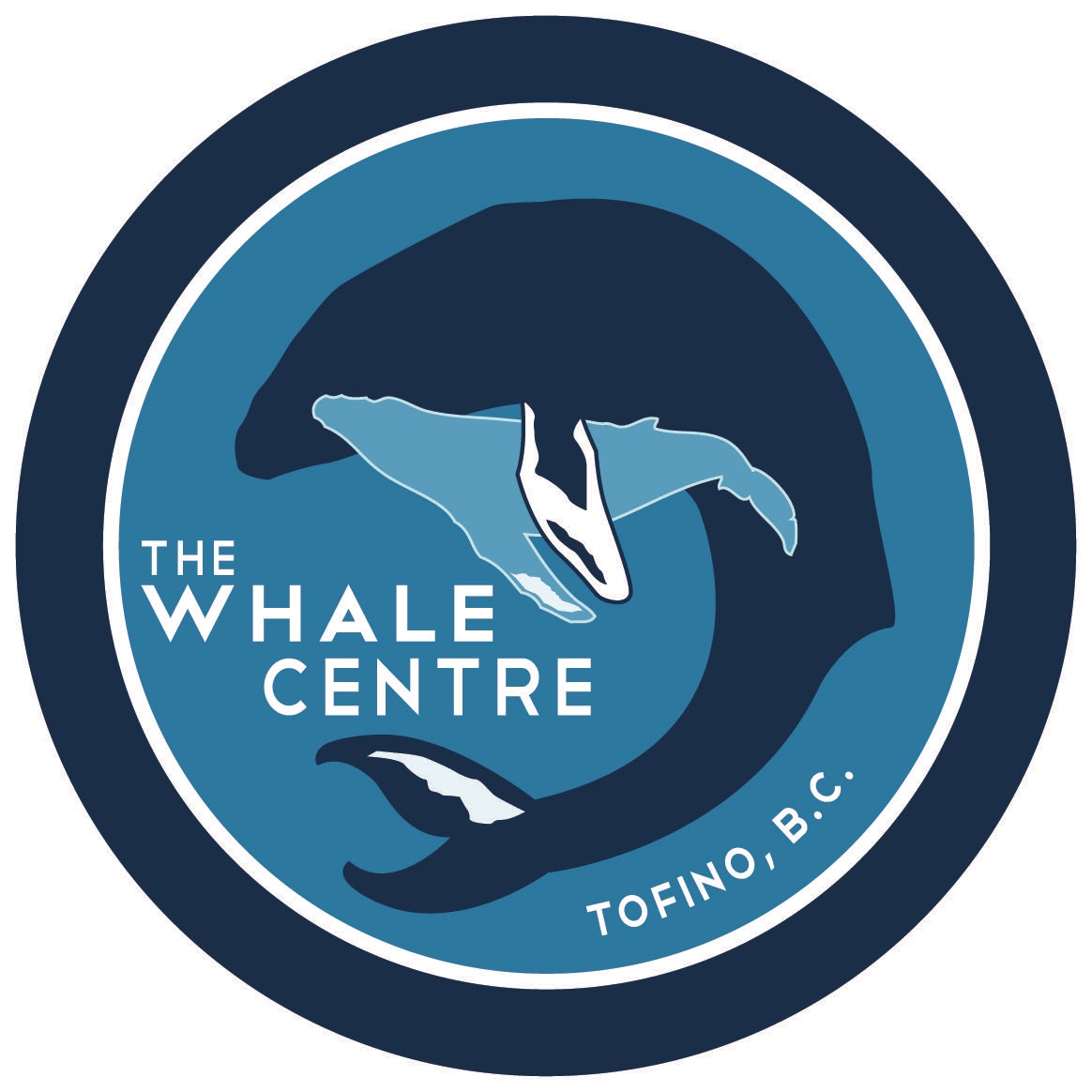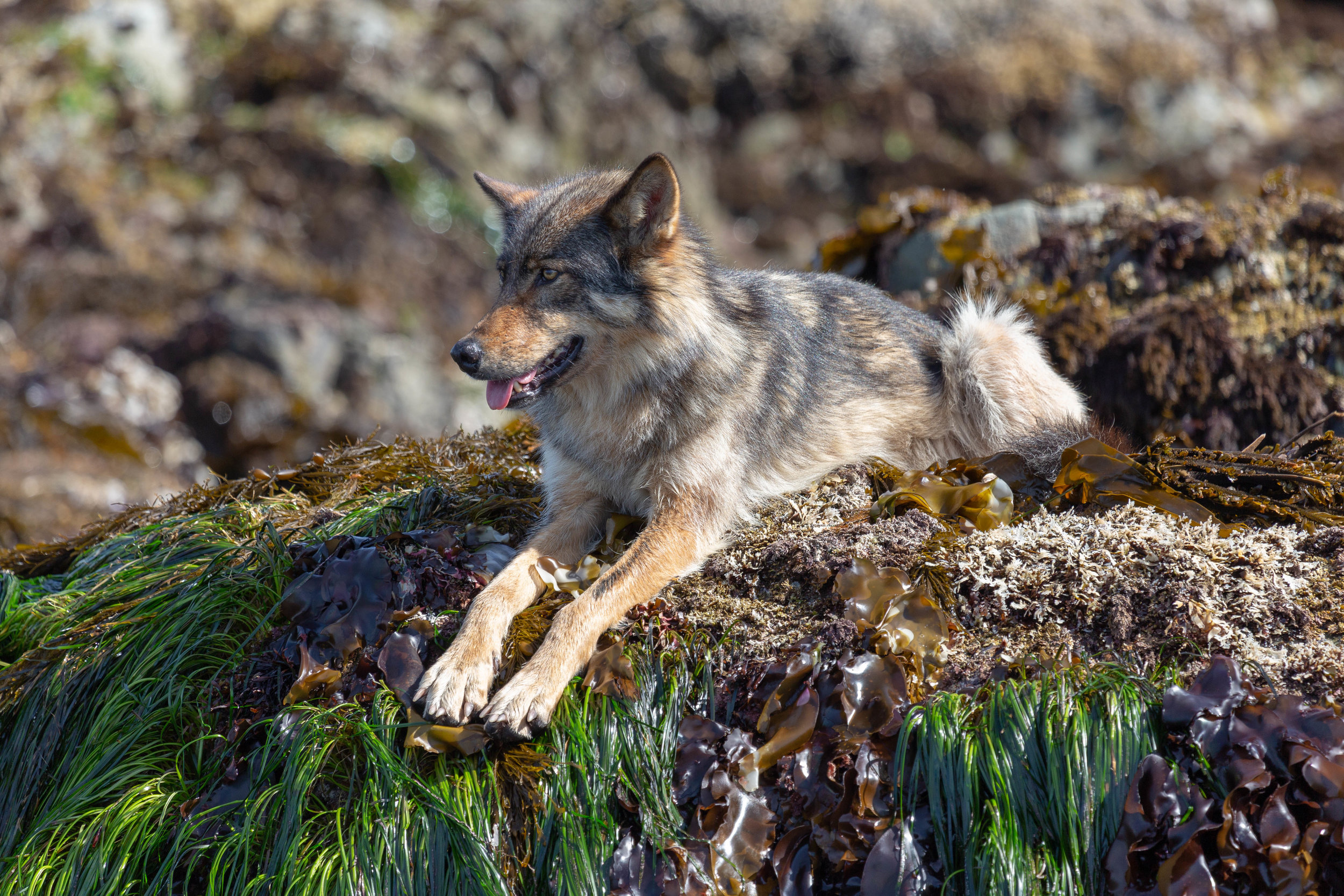Vancouver Island Wolves
/Coastal Wolves move like ghosts along the shorelines. One of the shyest and most elusive creatures on Vancouver Island. Living in packs from five to twenty, the wolves usually stay away from human activity. Individual wolves in a pack play different roles in relation to the others in the group. The parent wolves are the leaders of the pack - the alpha male and alpha female. The alpha male and female are the oldest members of the pack and the ones with the most experience in hunting, defending territory, and other important activities.
The other pack members respect their positions and follow their leadership in almost all things, The alpha wolves are usually the ones to make decisions for the pack when the group should go out to hunt or move from one place to another. Vancouver Island’s wolves are a variety of grey wolf, Canis lupus, known as coastal wolves or sea wolves. Smaller than most grey wolves (though a large male may still weigh 40 kilograms, about the size of an Alaskan malamute), they have shorter, coarser coats that often have reddish or golden tones as well as shades of white, black and grey. As a wide ranging top predator, habitat destruction is the primary threat to these wild animals. We rarely see these wolves foraging alone the shoreline for chiton and other seafood that may wash up. The wolves have a unique relationship with the coastal First Nations peoples, for whom the wolf is considered as a revered animal treated with admiration and respect. Historically, the Nuu-chah-nulth have had a strong ceremonial culture, characterised by feasting and entertainment with song, dance, contests and potlatches. The Wolf Ritual, which took place in the winter, was a particularly elaborate celebration of a general secret society that aimed to teach people about heroism, life and death, and the teachings of the elders. The estimated 250 wolves on Vancouver Island are not protected.
We do not see wolves often on our tours but when we do it is a gift.
Photo Credit: Jennifer Steven


